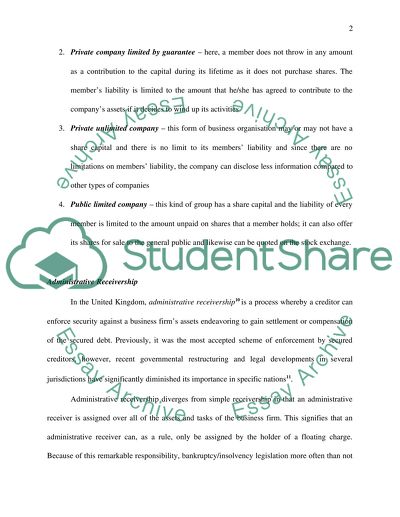Cite this document
(“Business Organisations and the Law Essay Example | Topics and Well Written Essays - 2500 words”, n.d.)
Business Organisations and the Law Essay Example | Topics and Well Written Essays - 2500 words. Retrieved from https://studentshare.org/law/1519895-business-organisations-and-the-law
Business Organisations and the Law Essay Example | Topics and Well Written Essays - 2500 words. Retrieved from https://studentshare.org/law/1519895-business-organisations-and-the-law
(Business Organisations and the Law Essay Example | Topics and Well Written Essays - 2500 Words)
Business Organisations and the Law Essay Example | Topics and Well Written Essays - 2500 Words. https://studentshare.org/law/1519895-business-organisations-and-the-law.
Business Organisations and the Law Essay Example | Topics and Well Written Essays - 2500 Words. https://studentshare.org/law/1519895-business-organisations-and-the-law.
“Business Organisations and the Law Essay Example | Topics and Well Written Essays - 2500 Words”, n.d. https://studentshare.org/law/1519895-business-organisations-and-the-law.


